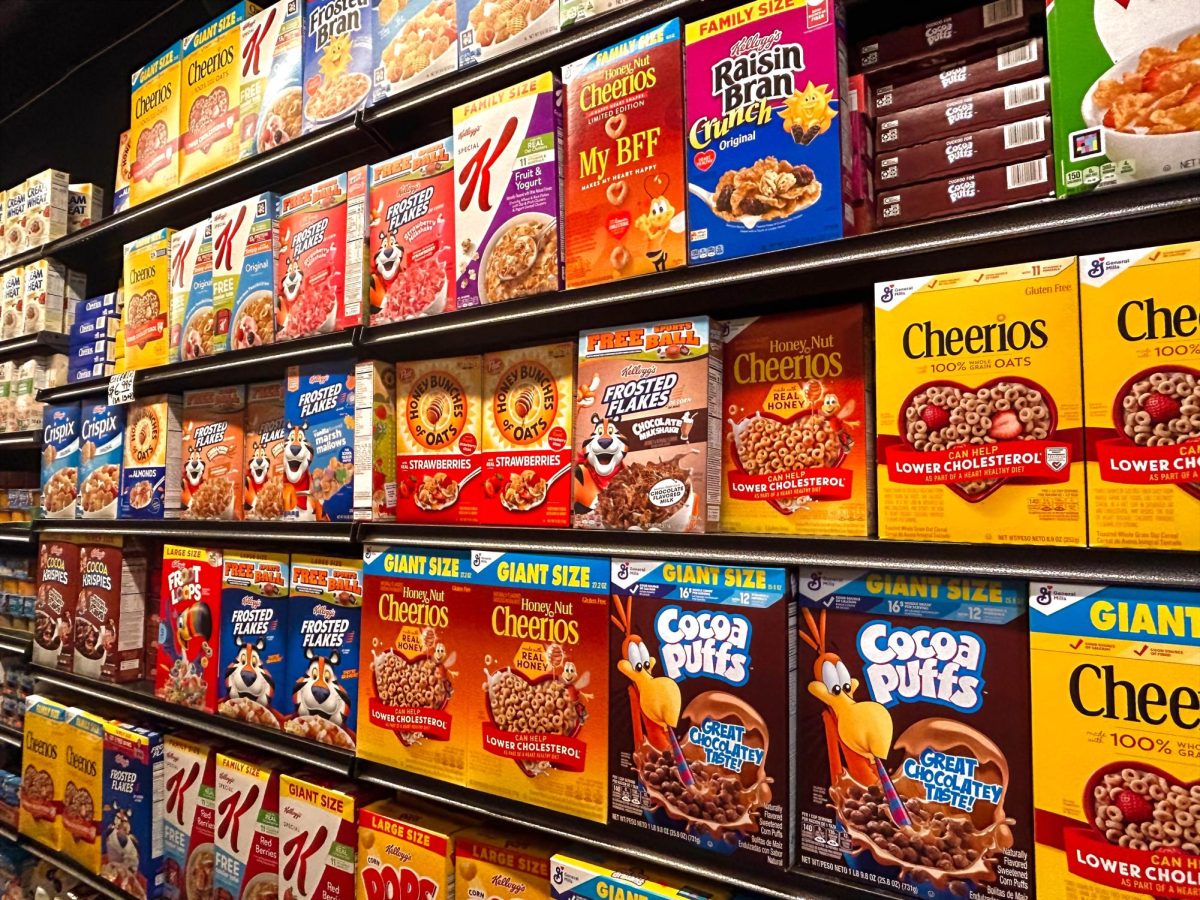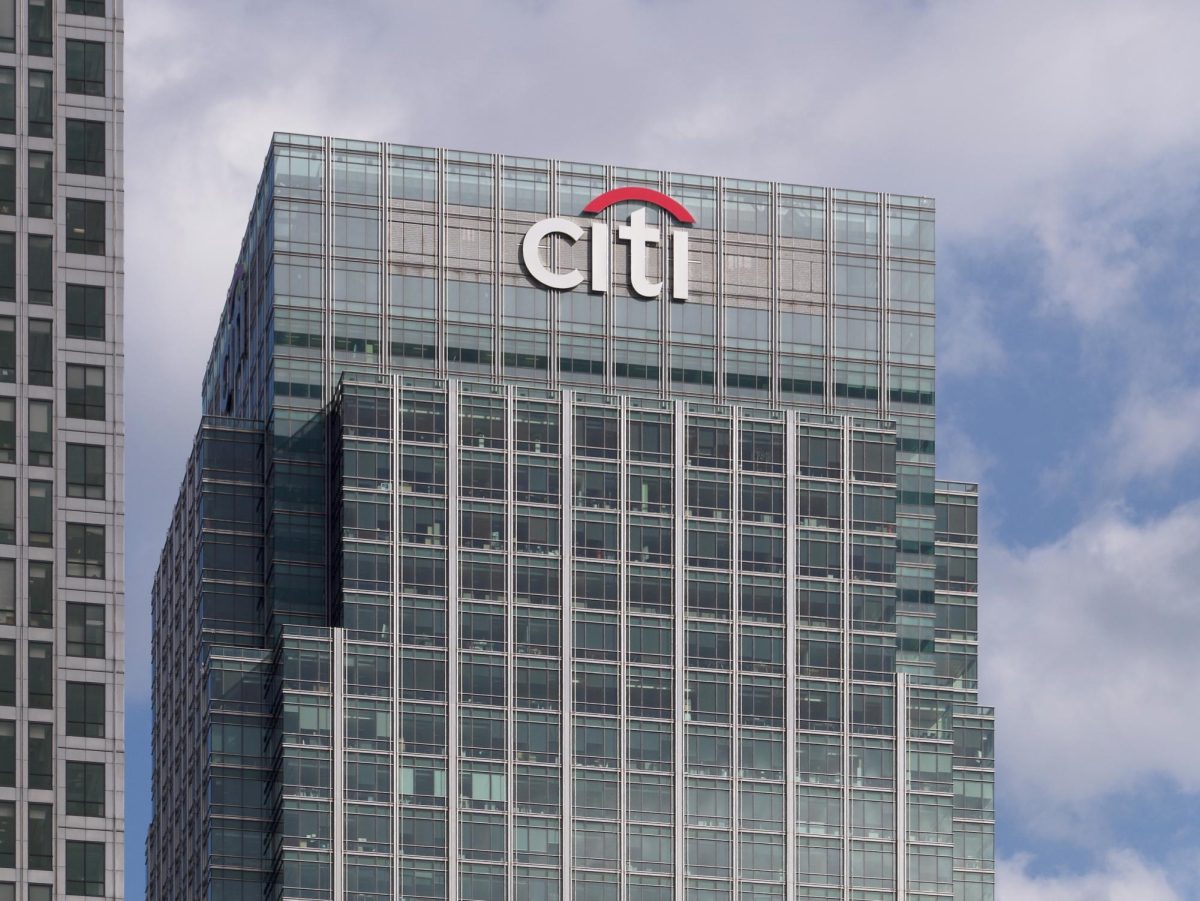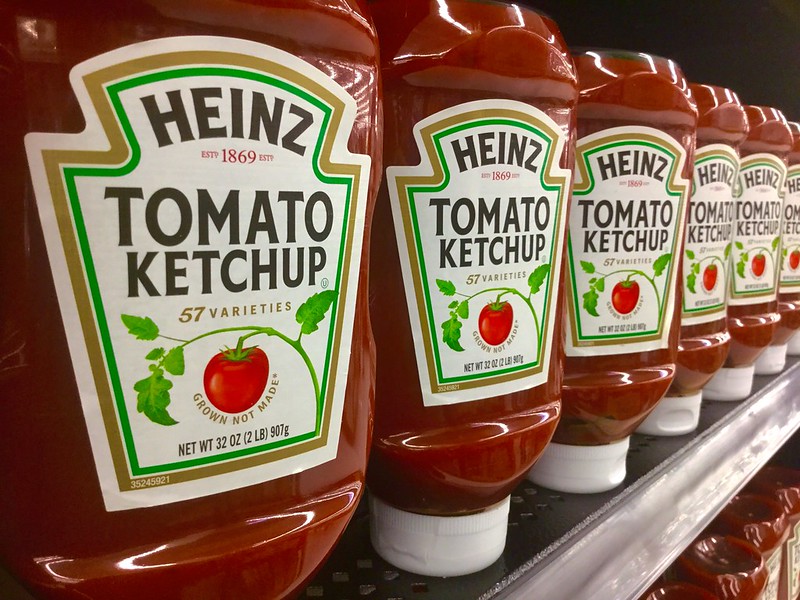The Consumer Price Index Report for October met expectations as it reported a 0.2% increase in the consumer price index from September — the same increase as in July, August, and September. The new annual inflation rate is 2.6% for the 12 months ending in October, after rising 2.4% for the 12 months ending in September. It increased after a constant decline in the past six months.
The index for all items, excluding food and energy, increased by 0.3% in October — the same as in August and September. It highlighted a breakdown of increases in shelter, used cars and trucks, airline fares, medical care, and recreation, as well as decreases in apparel, communication, and household furnishings and operation.
The core CPI rose 0.3% in October and 3.3% annually. The energy index decreased by 4.9%, and the food index increased by 2.1%. The overall food index within the CPI breakdown held steady at 0.2%. This included a 0.1% rise in food at home and a 0.2% increase in food away from home after gains of 0.4% and 0.3% in September, respectively.
The energy index remains unchanged after a decline of 1.9% in September. The core CPI breakdown was unchanged for commodities and new vehicles, both of which rose by 0.2%. Used cars and trucks increased by 2.7% after rising 0.3% in September. Apparel decreased by 1.5% from 1.1% in September. Meanwhile, the shelter index rose 0.4% in October.
Following a separate economic news release from the Bureau of Labor Statistics, the adjusted real average hourly earnings for all workers increased by 0.1% in October, driven by a 0.4% increase in average hourly earnings and a 0.2% increase in CPI-U.
Both the inflation rate and the October readings matched the expectations of economists polled by The Wall Street Journal. Traders increased their bets that the Federal Reserve would cut rates by a quarter point in December.
According to economists surveyed by The Wall Street Journal, the inflation rate prediction was mainly influenced by Donald Trump’s proposed policies, such as higher tariffs, that built on inflation trends amid the Biden administration. Another factor was the Fed’s goal to lower interest rates and ensure the continued health of the economy without rekindling inflation.
The October CPI data from the Fed’s 2% goal could complicate the central bank’s monetary policy strategy going forward. This is particularly true given the new political administration taking over the White House in January 2025.
“No surprises from the CPI, so for now the Fed should be on course to cut rates again in December,” Ellen Zentner, chief economic strategist at Morgan Stanley Wealth Management, told CNBC. “Next year is a different story, though, given the uncertainty surrounding potential tariffs and other Trump administration policies, the markets are already weighing the possibility that the Fed will cut fewer times in 2025 than previously thought, and that they may hit the pause button as early as January.”








